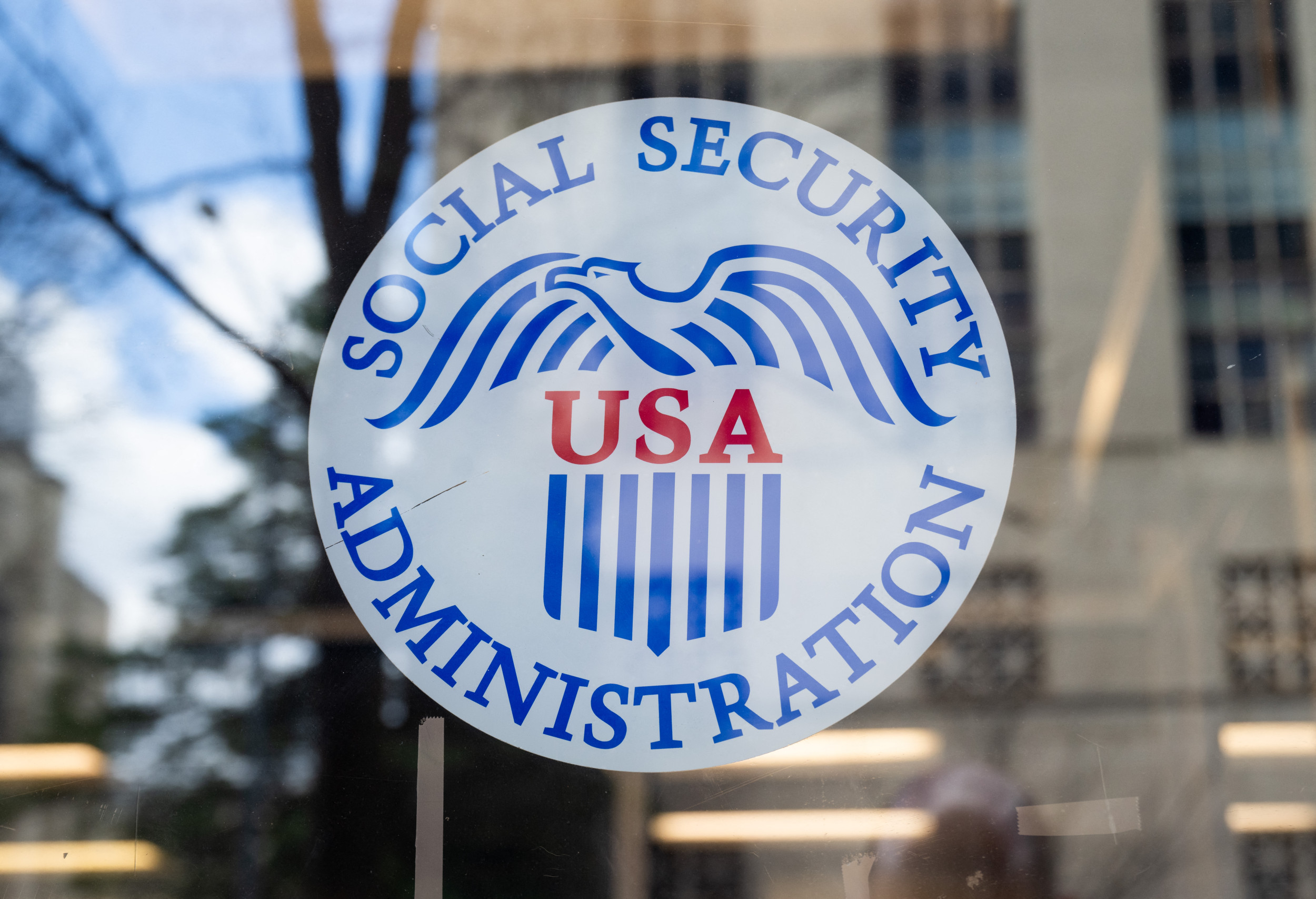
The Social Security Administration (SSA) issued a new alert on Monday about its plan to discontinue issuing paper checks for benefit payments starting September 30.
It marks a major shift in how millions of Americans will receive their Social Security, Supplemental Security Income (SSI) and Social Security Disability Insurance (SSDI) benefits.
Why It Matters
Transitioning to electronic payments carries significant implications for benefit security and government efficiency.
Electronic Funds Transfers (EFTs) process payments more quickly and securely than mailed paper checks, which the SSA found are 16 times more likely to be lost, stolen or tampered with.
The cost difference is notable: Issuing a paper check costs about 50 cents compared to less than 15 cents for an EFT. The transition could save the government millions of dollars each year.
SAUL LOEB/AFP via Getty Images
What To Know
The shift to digital payments follows federal concerns over fraud and theft involving paper checks, which spiked during the COVID-19 pandemic.
An executive order signed by President Donald Trump on March 25 mandated a government-wide move to fully digital payments in response to the risks.
Nearly 500,000 Social Security recipients still receive monthly benefits by paper check. The SSA has emphasized that most beneficiaries already use electronic payments, but those who do not must enroll in a digital option—either direct deposit or the Direct Express debit card—to maintain timely benefit delivery after the cutoff date.
“There are two key reasons for this change: efficiency and fraud prevention,” Kevin Thompson, the CEO of 9i Capital Group and the host of the 9innings podcast, told Newsweek. “Digital payments streamline the distribution process, cut down on mailing costs, and reduce the potential for delays or errors while by using secure electronic payment methods, the SSA can better ensure that benefits are delivered directly to the intended recipients, reducing the risk of theft or misdirected funds.”
Beneficiaries who currently receive paper checks are being contacted directly by the SSA and provided guidance on how to switch to electronic payments. The agency is including informational inserts in existing paper checks, running outreach efforts, and making staff available for assistance.
Recipients can update payment methods by enrolling in direct deposit with their financial institution or applying for a Direct Express prepaid debit card, which is designed for those without bank accounts.
The SSA also advises recipients to remain vigilant against fraud.
SSA and Treasury Department officials underscored that neither agency will ever request payment to expedite or set up benefits. Individuals facing hardship or without access to digital payment methods can apply for exemptions, which are reviewed on a case-by-case basis.
Newsweek reached out to the SSA for comment via email.
What People Are Saying
Kevin Thompson, the CEO of 9i Capital Group and the host of the 9innings podcast, told Newsweek: “This move is not without challenges. Many individuals who still receive checks may lack access to digital tools or may not feel comfortable using them. These are often the same people who may be most vulnerable during the transition.”
Alex Beene, a financial literacy instructor for the University of Tennessee at Martin, told Newsweek: “This change to Social Security is a logical one. Less than 1 percent of current recipients receive their benefits through a paper check. Direct deposit is less expensive to implement and more efficient in preventing fraud, so this switch should save money of the program while also cracking down on some efforts to illegally use fund distribution through paper checks.”
What Happens Next
The SSA is on track to complete the migration to an all-electronic benefits system by September 30. Beneficiaries are encouraged to keep their contact details up to date at SSA.gov and follow official guidance as the transition progresses.
Additional exceptions may be considered for those with extreme barriers to digital access, but the agency’s goal remains to modernize payments for improved security and service.
“In the long term, the shift to digital payments is expected to enhance security, lower costs and improve overall efficiency across the Social Security system,” Thompson said. “But short-term success is ultimately dependent on how well the process fundamentally works without disruption.”
